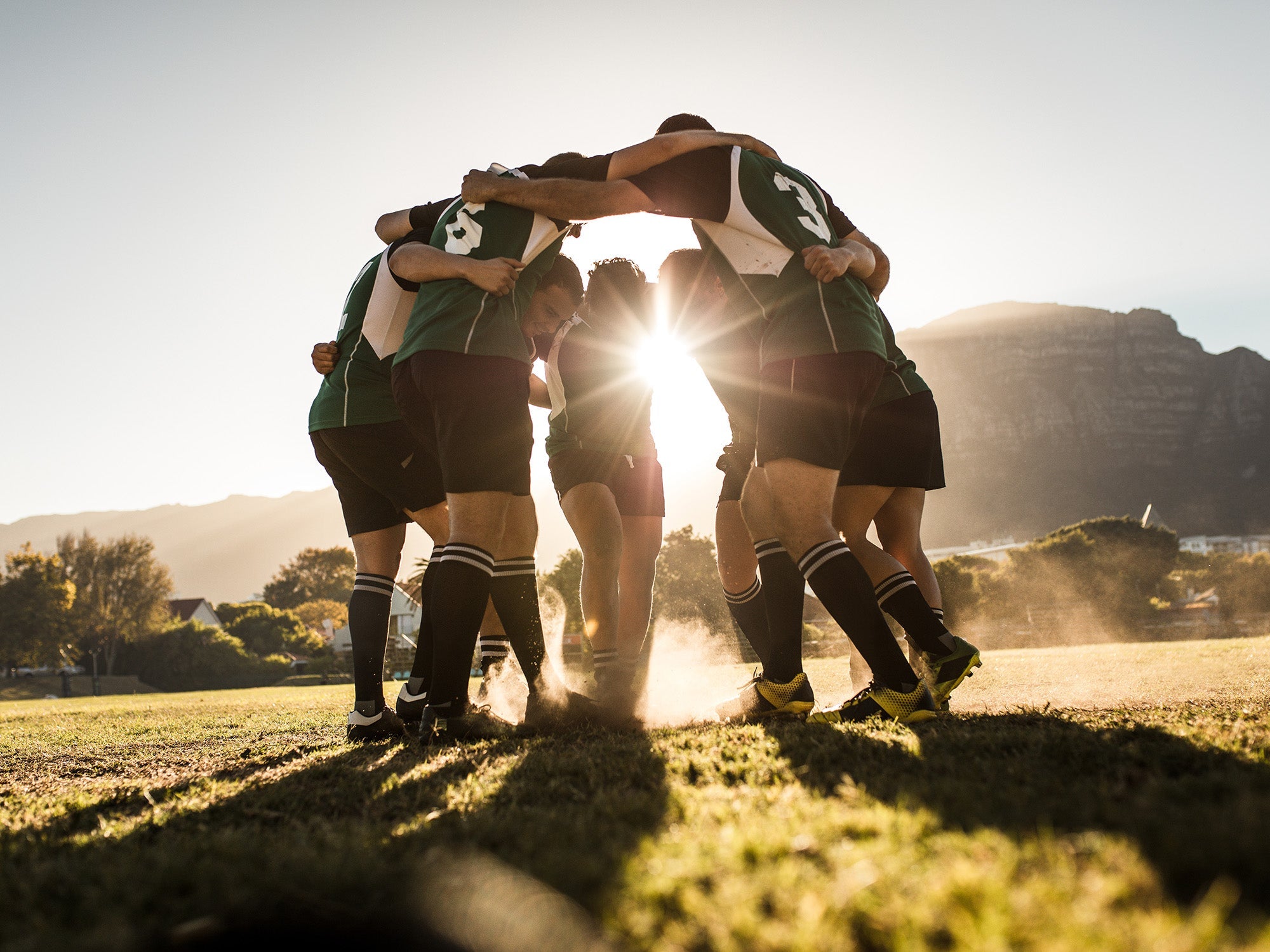
Sports photography: freezing action and capturing drama
Sport is dynamic, exciting and emotional. If you want to capture the decisive moments successfully with a camera, there are a number of points to consider. In this article, you will learn how to take action shots in sports photography and capture the drama of the moment. The focus of our recommendations is aimed at beginners. But professionals will (hopefully) also find some helpful tips.
The right equipment: a brief introduction to the most important components
Camera and lenses
In sports photography, a camera that offers fast continuous shooting and high ISO performance is important. Single-lens reflex cameras (DSLRs) and mirrorless system cameras (MILCs) are the best options here. These cameras allow you to control the shutter speed and autofocus as precisely as possible.
A telephoto lens with a focal length of at least 200mm is essential to get close to the action. For indoor sports or difficult lighting conditions, a lens with a large aperture (f/2.8 or higher) is ideal.
Accessories: A tripod can make or break the success of a photo
A sturdy tripod or monopod helps to prevent camera shake. This is especially true for long focal lengths. A fast memory chip is important for coping with the large amounts of data that are inevitably generated during continuous shooting. A robust camera bag protects the valuable equipment. In this respect, safety is more important than comfort, especially at outdoor sports events. However, you should not do without it completely. After all, you may have to carry your equipment for hours as you keep changing positions.
You can also find the right camera bag for your equipment and everything you need to protect your camera in our Oberwerth Shop. From classic camera bags and modern sling bags to elegant photo weekenders and rucksacks. Of course, you will also find hand straps and shoulder straps here. Finest craftsmanship made from the best materials. Take a look around and find the bags & accessories that best suit you and your equipment!
Technical details for successful action shots: 4 key points of reference
Fast shutter speeds are good
A fast shutter speed is crucial for freezing fast movements. Values between 1/500 and 1/2000 of a second are ideal for most sports. Try out different shutter speeds. Make a note of your experience. This will save you a lot of time later. When making notes, pay attention to details such as the lighting conditions, the weather and the time.
The continuous shooting function increases your chances
Use the camera's continuous shooting function to take lots of shots in a short space of time. This increases the chance that you won't miss the perfect moment for a picture. We have already talked about the memory chip above. If you are unsure how good it is, experiment at home to see how many continuous shots your camera can take without any problems.
The autofocus freezes fast movements for you
Fast and precise autofocus is essential in sports photography. Use the continuous autofocus mode (AI-Servo or AF-C), which tracks and focuses on the movement of the subject. Many cameras offer special autofocus areas for sports photography, which you should use. This allows the device to freeze the decisive moment in a movement for you. The software is faster than you can be.
ISO value settings
Choosing the right ISO value is crucial to achieving sharp and clear sports photos in different lighting conditions. You can use these values as a guide:
- ISO 100, 200: Very good lighting conditions, such as outside in the sunshine during the day.
- ISO 400: Good lighting conditions, such as in gray skies, indoors without direct sunlight or in the evening.
- ISO 800 and higher: Poor lighting conditions, such as at night or in dark interiors.
Capture the drama of the moment: How to succeed
Emotions and reactions must be conveyed through the image
A successful sports photo not only shows the action, but also the emotions of the players and spectators. Look out for cheering fans, concentrated athletes or disappointed expressions. These moments convey the drama of the sport. In English, there is the expression "Pictures that go hard". This refers to images that immediately trigger an emotional reaction. Sports photos are ideal for this.
Image composition: focus on the most important thing
Pay attention to the composition of the picture. A well-composed photo draws the viewer's eye to the essentials. Use the rule of thirds for the placement of your main subject. Try out different perspectives and angles.
The rule of thirds divides the image into three horizontal and three vertical lines that run parallel to each other. The main subject should lie at the intersection of these lines.
Background and surroundings: it depends on the individual case
The background can enhance or distract from the effect of your photo. Look for a background that is not distracting and emphasizes the main subject. A blurred background can move the focus to the athlete and hide distracting elements.
Preparation and planning: there are numerous details to consider
Research: you need to understand the sport
To be successful in sports photography, it is important to know the sport and the athletes' movements in detail. The better you know your way around, the better you can adjust to the action. This makes it easier for you to photograph important moments. Good preparation is therefore essential.
Find out about things like possible tactics in advance. This will allow you to better anticipate the action and position yourself accordingly. You should also familiarize yourself with the athletes' movements. This will help you know when to press the shutter button.
Timing and position: be early
Be there in good time to secure the best spots. Position yourself strategically: you should have a good view of the playing field or the race track. Pay attention to the light and the position of the sun to avoid shadows and possible glare. In a hall, you may be able to talk to the building services about the lighting. This information will give you the necessary clues for the best possible position. If there are designated areas for photographers, the lighting here is usually optimal.
H2: Image detail and post-processing: you need to pay attention to this
Choose the right image section
By choosing the right crop, you can capture the action of the sport in question. This will draw the viewer's eye to the most important thing. Cropping is a good technique for post-processing. This involves cropping the shot to enlarge the subject. This improves the selected detail. However, the resolution of the image should not suffer too much. Beginners are probably already very familiar with this method from their own smartphones.
Sharpness and image stability: autofocus is crucial
Make sure that the subject is always as recognizable as possible at the heart of the planned shot. It is important to set the camera to autofocus mode and position the subject in the center of the viewfinder. The device's stabilizer should also be switched on. This minimizes camera shake. The image stabilizer is automatically activated on many devices. However, this does not have to be the case. You need to check this for your camera.
Post-processing: Professional programs ensure the best results
Use professional image editing programs such as Adobe Lightroom or Photoshop. This requires a certain amount of practice for beginners, but will become easier over time. Correct exposure, contrast and colors. The aim is to enhance the dynamic range of the images. A slight sharpening can help to emphasize details, while removing distracting elements directs the focus to the essentials.
Accreditation and access to events
We still need to talk about one of the most important topics: accreditation. Many events no longer allow just any photographer to come to an event. This is not just for the safety of the event. The quality of the photographs should also be ensured in this way. This is because accreditation usually gives you as a photographer different, better access to an event than normal visitors. We have already mentioned this briefly for the lighting.
The requirements are very strict, especially in motorsport. In some cases, there are even size specifications for the various focal lengths that your equipment must not exceed, otherwise you will not be admitted. The reason for this is safety on the track. Lenses can reflect. In the worst case scenario, this can impair a driver's vision and lead to a serious accident.
Conclusion: Sports photography requires expertise, creativity and finesse
These explanations show that sports photography is exciting, but also a challenge. It requires technical know-how as well as a good eye for the right moment. With the right equipment, the right techniques and careful planning, you can take impressive action shots and capture the drama of sport. Experiment, be patient and maintain your desire to learn - this is how you develop your own style and take unique photos.

